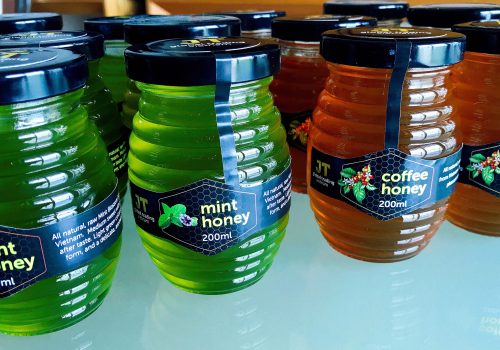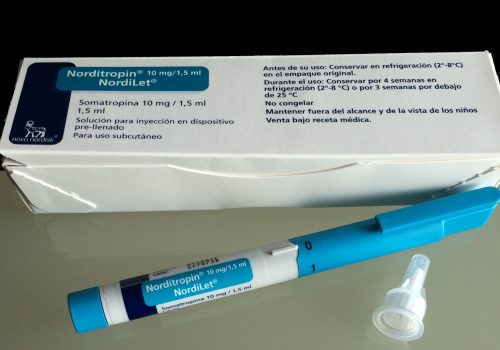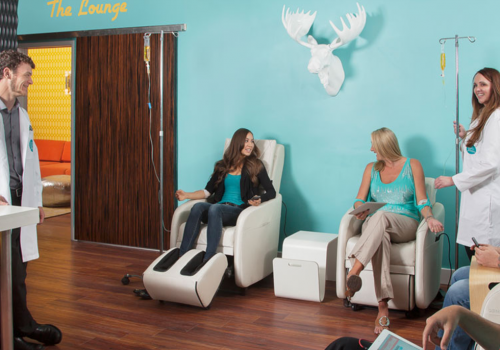Hormones Replacement Therapy
We are Suppliers and Therapy Providers
– Bio-Identical Hormones? Bio-identical hormone pellets have the exact same chemical and molecular structure as hormones that are made in the human body. The difference between a “bio-identical” hormone versus a hormone that is synthetic and not “bio-identical” is the molecular structure and shape of the hormone.
Hormone pellets are the best, most natural way to deliver hormones in both men and women. Implants, placed under the skin, consistently release small, physiologic doses of bio-identical hormones providing optimal therapy.
We have available the following hormone in pellets form and creams as following:
- Testosterone (25mg, 50mg, 100mg, 150mg, 200mg) Pellets
- Estriol (Estrogen) (25mg, 50mg) Pellets
- DHEA (25mg, 50mg, 100mg) Pellets
- Pregnenolone (100mg) Capsules
- Norditropin HgH 10mg flex pen
- Progesterone (100mg) Capsules
- DHEA (100mg) Cream
- DHEA (50mg, 100mg) Capsules
What are Pellets?
Pellets are made up of either estradiol or testosterone. The hormones, estradiol or testosterone, are pressed or fused into very small solid cylinders. These pellets are larger than a grain of rice and smaller than a ‘Tic Tac’. In the United States, pellets are made by a compounding pharmacist and delivered in sterile glass vials.
 – Why pellets?
– Why pellets?
Pellets deliver consistent, healthy levels of hormones for 4-5 months. They avoid the fluctuations or ups and downs of hormone levels seen with every other method of delivery. It is the fluctuation in hormones that causes many of the unwanted side effects and symptoms a patient experiences.
Estrogen delivered by subcutaneous pellets, maintains the normal ratio of estradiol to estrone. This is important for optimal health and disease prevention. Pellets do not increase the risk of blood clots like conventional or synthetic hormone replacement therapy.
In studies, when compared to conventional hormone replacement therapy, pellets have been shown to be superior for relief of menopausal symptoms, maintenance of bone density, restoration of sleep patterns, and improvement in sex drive, libido, sexual response and performance. Even patients who have failed other types of hormone therapy have a very high success rate with pellets. In addition, there is no other method of hormone delivery that is as convenient for the patient as pellets.
– Pellet’s History:
Pellets have been used in both men and women since the late 1930’s. In fact, there is more data to support the use of pellets than any other method of delivery of hormones.
 – How and where do you insert pellets?
– How and where do you insert pellets?
The insertion of pellets is a simple, relatively painless procedure done under local anesthesia. The pellets are usually inserted in the lower abdominal wall or hip through a small incision which is taped closed.
The doctor inserts the pellet into the fat layer just underneath the skin near the hip. This is done during a normal office visit and takes about 10 minutes. You are provided with a local anesthetic that will numb the area of insertion prior to the procedure to prevent discomfort. No sutures are necessary, but you may be asked to refrain from physical activity and extended periods underwater—baths, swimming, etc.—for a couple of days.
Experience of the health care professional counts, not only in placing the pellets, but in determining the correct dosage of hormones to be used.
 After pellets are inserted, patients may notice that they have more energy, sleep better and feel happier. Muscle mass and bone density will increase while fatty tissue decreases. Patients may notice increased strength, co-ordination and physical performance.
After pellets are inserted, patients may notice that they have more energy, sleep better and feel happier. Muscle mass and bone density will increase while fatty tissue decreases. Patients may notice increased strength, co-ordination and physical performance.
They may see an improvement in skin tone and hair texture. Concentration and memory may improve as will overall physical and sexual health.
– Pellets do not have the same risk of breast cancer as high doses of oral estrogens, like Premarin, that do not maintain the correct estrogen ratio or hormone metabolites. Nor, do they increase the risk of breast cancer like the synthetic, chemical progestins used in the Women’s Health Initiative Trial. In fact, data supports that balanced hormones are breast protective.
– Hormone therapy with pellets is not just used for menopause. 
Women at any age may experience hormone imbalance. Levels decline or fluctuate contributing to debilitating symptoms. Pellets are useful in severe PMS, post-partum depression, menstrual or migraine headaches, and sleeping disorders. Pellets may also be used to treat hormone deficiencies caused by the birth control pill.
– Hormone levels must be drawn and evaluated before any hormone therapy is started.
This process is for men and women. The levels will be reevaluated during hormone therapy at 4-6 weeks and again in 4-5 months. After the first years of therapy hormones levels are followed less frequently.
By restoring and stabilizing hormone levels, pellet therapy can help to alleviate many of the symptoms of hormone imbalance that are commonly associated with aging, such as:
- Hot flashes
- Excessive fatigue
- Weight gain
- Night sweats
- Reduced interest in sexual activity (Low Libido)
– Please do not suffer in menopause. You DESERVE to feel great, enjoy living life to the fullest and have a great healthy life..!










